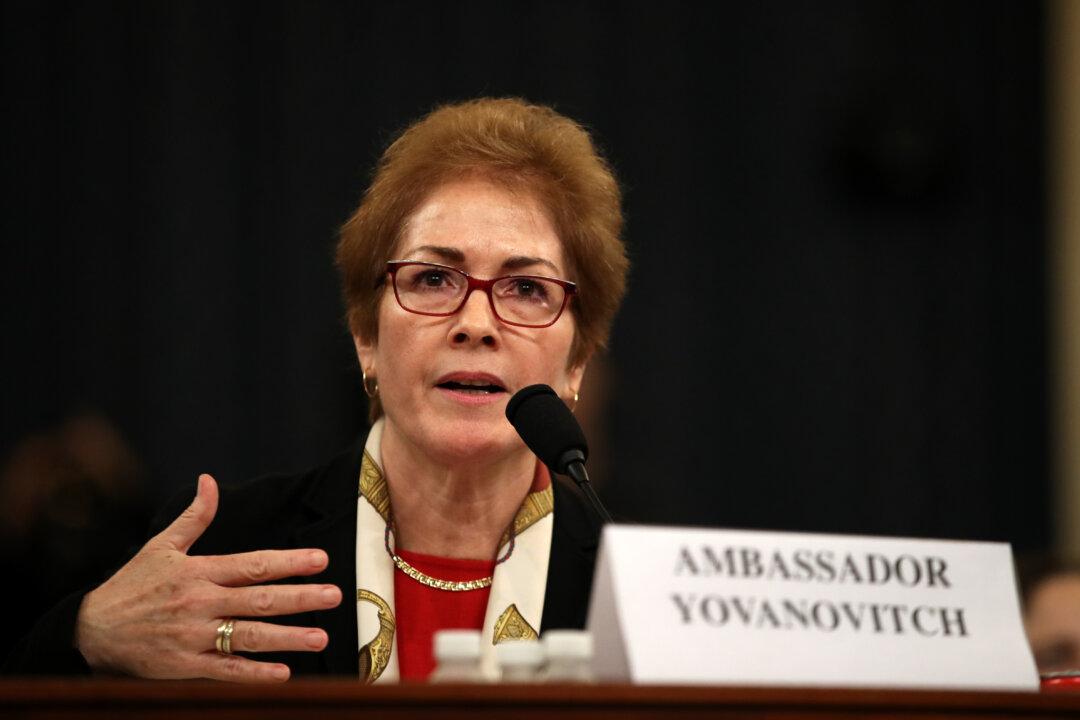Systemic flaws in the Medicaid program have contributed to rising health care costs for the federal government, mostly due to rules created under the Affordable Care Act, according to Medicaid’s administrator.
Seema Verma, the administrator for the Centers for Medicare and Medicaid Services (CMS), said the open-ended nature of the program, combined with it paying at least 90 percent of the costs for certain Medicaid patients, has put the program on an unsustainable path. She spoke Aug. 21 at a Senate homeland security committee hearing on combating Medicaid fraud.






